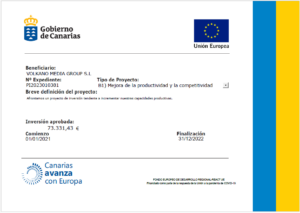
Cognitive dissonance may help you make positive changes in your life, but it can also be destructive, especially when you look for ways to rationalize and continue harmful behaviors. If you’re experiencing cognitive dissonance, it’s best to ask yourself if the strategies you’re using to cope with it will result in a positive long-term outcome. Another example to note is how people mostly consume media that aligns with their political views. In a study done in 2015, participants were shown “attitudinally consistent, challenging, or politically balanced online news.” Results showed that the participants trusted attitude-consistent news the most out of all the others, regardless of the source. It is evident that the participants actively selected media that aligns with their beliefs rather than opposing media. After listing in on the discussion, subjects were asked to evaluate how interesting they found it.

Cognitive Dissonance and the Discomfort of Holding Conflicting Beliefs

In the late 1970s he turned to questions about human nature raised by archeological data. A general theme of that work was that humans often bring about problems unwittingly, as a result of intellectual and creative talents—for example, creating new technologies without being fully able to foresee their long-term consequences. Initially, Festinger’s “archeological” work was perceived as being at the margins of social psychology, but it was later seen as prescient of contemporary developments in evolutionary and cultural psychology. Alternatively, they may reduce cognitive dissonance by being mindful of their values and pursuing opportunities to live those values.
A Theory of Cognitive Dissonance – Leon Festinger
A person with cognitive dissonance experiences mental conflict and may take steps to try to resolve it. This could include changes in behavior or attempts to ignore information that contradicts a goal or desire. For example, a smoker might quit smoking or instead rationalize their behavior by saying other habits are just as dangerous. Cognitive dissonance is the discomfort you feel when you have two contradictory beliefs or values. Examples of cognitive dissonance include a smoker who knows cigarettes are dangerous, a company that doesn’t follow its own code of ethics, or a person who avoids speaking about a past trauma while still dealing with it in the present. The children had a choice to make–play with the toy that they really wanted and face punishment, or ignore their desire for the toy.
- Such cognitions can be about behaviors, perceptions, attitudes, emotions, and beliefs.
- In this way, he would be decreasing the importance of dissonant cognition (smoking is bad for one’s health).
- We accomplish this by justifying why our choice was the best option so we can believe that we made the right decision.
- Among the examples he used to illustrate the theory were doomsday cult members and their explanations for why the world had not ended as they had anticipated.
Social behavior
- This might involve going along with something due to peer pressure or doing something at work to avoid getting fired.
- When our friends or partners act contrary to our beliefs and values, we perceive dissonance.
Inconsistent or conflicting beliefs lead to disharmony, which people strive to avoid. Cognitive dissonance is the mental discomfort that results from holding two conflicting beliefs, values, or attitudes. People tend to seek consistency in their attitudes and perceptions, so this cognitive dissonance theory conflict causes unpleasant feelings of unease or discomfort. Research from Acharya, Blackwell and Sen shows that individuals committing violence against members of another group develop hostile attitudes towards their victims as a way of minimizing cognitive dissonance.






